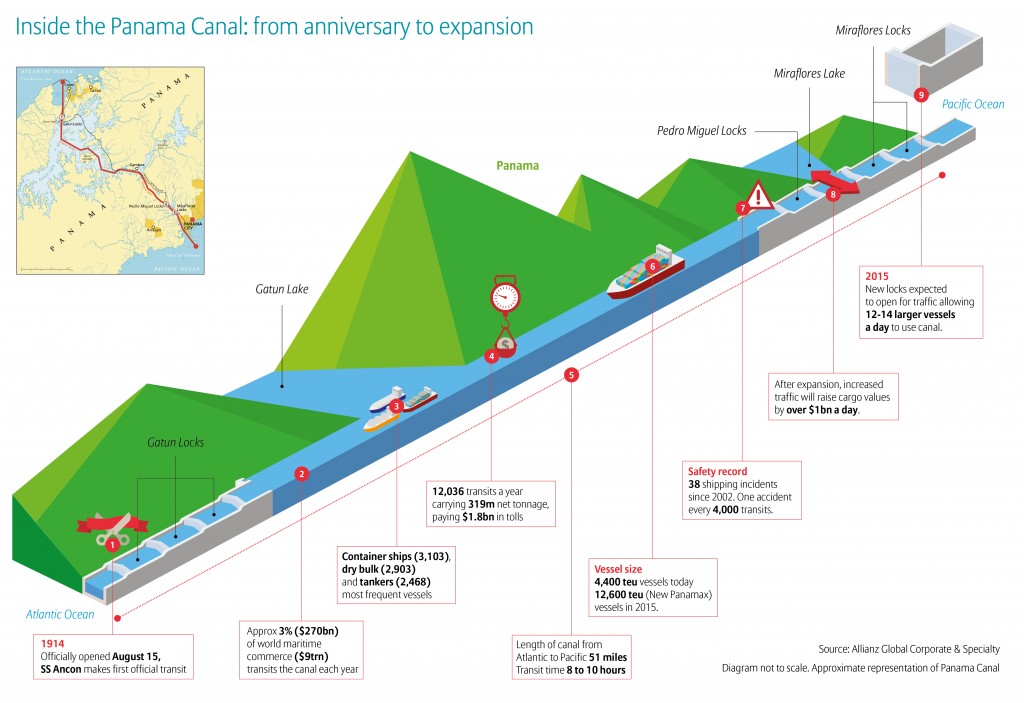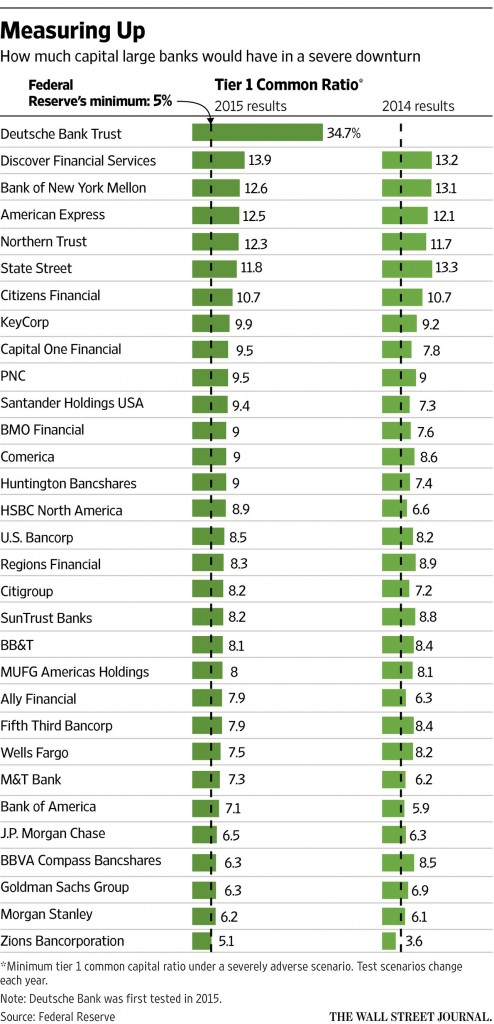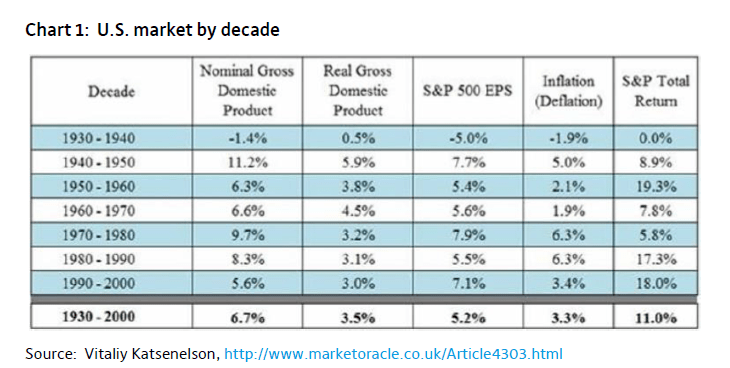One of the topics I have written before many times is about investors trying to time the market.You can some of find those articles here and here and here and here. This strategy is never a good idea and always leads to investors losing out on returns. Investing in equity markets involves the risk of losing money due to a variety of factors outside of an investors’ control such as a stock becoming worthless when a company files for bankruptcy. However there is another risk that is even worse.And that is investors’ reacting to their own emotions. For example, when markets are in correction mode, some investors get scared and sell out their holdings fearing further losses. Such investors hope to get back into the market after further declines and usually try to identify the bottom and buy back their stocks in order to amplify their returns. However the chances of executing such a maneuver for any human is almost zero. This is because it is not easy to spot the bottom and also there are not many people who will be brave enough to buy when the whole market is crashing day after day. So the idea of timing the market fails every time.
Stephanie Flanders of JPMorgan Asset Management, UK talked about the danger of timing the market in a recent article. From the article:
Don’t try to time the market
We’re all human, so when the market slumps, it’s easy to make decisions based on emotion, rather than fact. But returns on the S&P 500 index from the last 20 years show that six of the 10 best days in the stock market occurred within two weeks of the worst 10 days.
If you sold US stocks after the market took a tumble in October 2014 your return for the year would have been just 2.4 per cent. If you stayed in until the market dipped again in mid-December, your return was a much healthier 8.85 per cent.
But the last two weeks of 2014 were among the strongest of all for the US market. The annual return for investors who stuck it out to 31 December was nearly 14 per cent.
Source: Four themes and three rules that matter most for Isa season, Mar 5, 2015, Money Observer
We can also see the problems with timing the market using the example of the DAX, the German benchmark index. The DAX plunged to as low as 8,354 last October. This month it reached a record high of 11,600 and closed at 11,550 on Friday. This year alone the index is up more than 15%. So anyone who panicked in October and sold out their German holdings missed the huge rally since then. It is unlikely that those that sold in October got back in time to catch the upside move. In September 2011 the DAX index was under 5,000. From that level it has more than doubled now. It went down as low as 3,588 during the global financial crisis in 2009.
Timing the market also adversely impacts the lost returns due to the effects of dividend reinvestments. For instance, when one sells out their stocks, they lose out on the dividends that they would have received and if they reinvest those dividends the also lose out again on the opportunity to pick up additional shares cheap when prices are low.
So instead of trying to time the equity markets investors should have a long-term horizon and buy-and-hold high quality stocks. This strategy will not only lead to higher returns but also one can go to sleep peacefully at without the stress and worry about day to day market movements.
Some of the companies that investors can consider for long-term investment are: Unilever NV (UN), Nestle SA (NSRGY), Safran SA (SAFRY), DBS Group Holdings Ltd (DBSDY), Diageo PLC (DEO), Westpac Banking Corp (WBK), Nordea Bank AB (NRBAY), Colgate-Palmolive Co (CL), British American Tobacco PLC(BTI), etc.
Disclosure: No Positions



